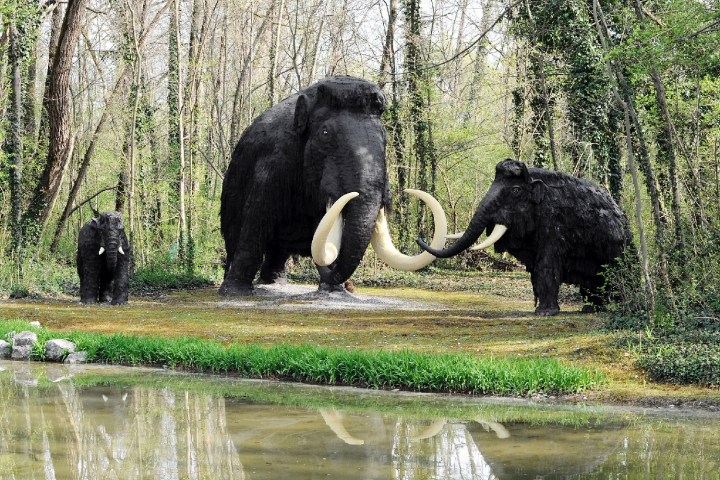
Harvard geneticist and molecular engineer Professor George Church says that his team’s “aim is to produce a hybrid elephant-mammoth embryo,” and that such a dream “could happen in a couple of years.”
This “mammophant” would be part elephant, but with various mammoth genes spliced in using gene editing to give it shaggy hair, smaller ears, cold-adapted blood, and other woolly mammoth characteristics.
The project to create the mammophant started in 2015, or roughly 4,000 years since the woolly mammoth became extinct. Since then, researchers in Church’s lab have increased the number of mammoth DNA “edits” they can make into the elephant genome from 15 to 45. For the first time, the team is now talking about progressing the work to embryo stage — although a living creature is still likely to be years away.
When and if the project reaches that stage, the team plans to grow the animal in an artificial womb, as opposed to using a female elephant as a surrogate. This work could take place within the next decade.
“We hope to do the entire procedure ex vivo (outside a living body),” Church said. “It would be unreasonable to put female reproduction at risk in an endangered species [such as the Asian elephant].” At present, Church’s lab is able to grow a mouse embryo in an artificial womb from halfway through its gestation period.
Should the plan to bring back woolly mammoths succeed, Church has noted that there would be two additional benefits. The first could be to help the endangered Asian elephant survive, albeit in a modified form. The second, somewhat surprising benefit may be to help fight climate change by preventing tundra permafrost from melting and releasing greenhouses gas into the atmosphere.
“They keep the tundra from thawing by punching through snow and allowing cold air to come in,” Church said, as reported by The Guardian. “In the summer, they knock down trees and help the grass grow.”
Just so long as Jeff “Dr. Ian Malcom” Goldblum gives the final project his stamp of approval, we’ll be happy!


